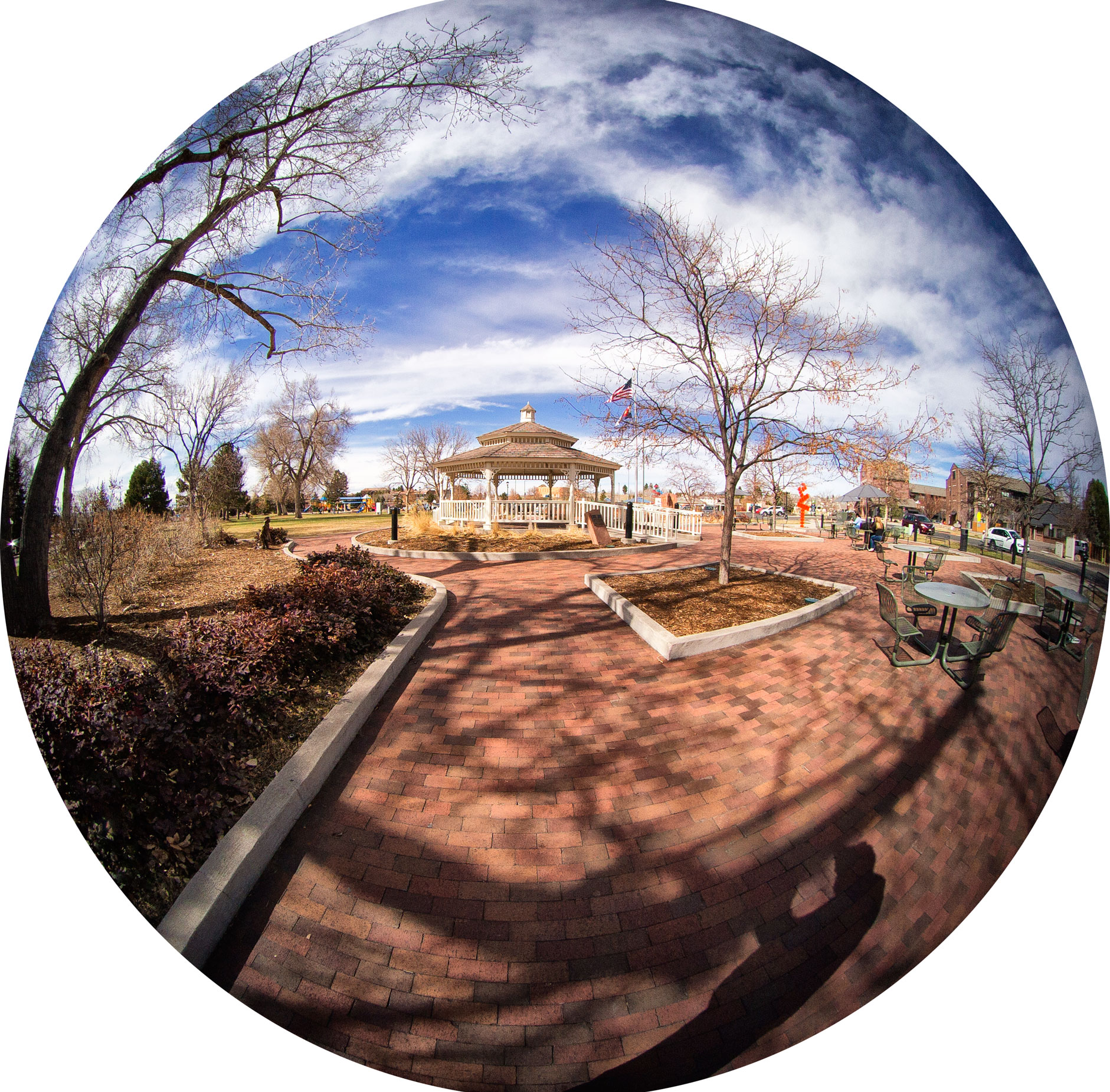In case you missed hearing about it, Happy French Toast Day everyone. Mary makes some exceptional French Toast, here’s hoping she remembers today!
Today’s Post by Joe Farace
Many men go fishing all of their lives without knowing that it is not fish they are after. — Henry David Thoreau
 When it comes to lenses, the term fisheye was originally coined in 1906 by American physicist and inventor Robert W. Wood and was based on how a fish would see an ultra-wide hemispherical view from beneath the water aka Snell’s Window. Fisheye lenses were first used during the 1920’s in meteorology to study cloud formation, which gave them the nickname “whole-sky lenses”.
When it comes to lenses, the term fisheye was originally coined in 1906 by American physicist and inventor Robert W. Wood and was based on how a fish would see an ultra-wide hemispherical view from beneath the water aka Snell’s Window. Fisheye lenses were first used during the 1920’s in meteorology to study cloud formation, which gave them the nickname “whole-sky lenses”.
Yes this is the same Robert Wood who defined the “Wood effect” in infrared photography.
For us photographers, a fisheye lens is typically considered to be an ultra wide-angle lens that produces strong visual distortion and intended to create a wide panoramic or hemispherical image. The angle-of-view of a fisheye lens is usually between 100 and 180 degrees, with (full-frame) focal lengths ranging from 8-10 mm for circular images, and 15–16 mm for more rectilinear images. Fisheye lenses achieve these extremely wide angles-of-view by forgoing producing images with straight lines of perspective (rectilinear) such as Panasonic’s Lumix G Fisheye 8mm f/3.5. Others lenses, such as the Laowa 4mm f/2.8 Fisheye lens that was used to make the featured image, opt for an equisolid angle—think mirrorball effect—which gives images a characteristic convex non-rectilinear appearance.
How I Made this Photo: I shot the above image using a Laowa 4mm f/2.8 Fisheye lens in O’Brien Park in Parker, Colorado. The camera used was my redoubtable Olympus E-P3 with an Av exposure of 1/2000 sec at f/8 and ISO 320, with a plus three-quarters stop exposure compensation. Because of their wide angle-of-view, exposure can occasionally be tricky with fisheyes, so pay attention to the results on your LCD screen. In the case of my E-P3 the screen provided excellent feedback for me to adjust exposure compensation.
Reality Check: Because of the Laowa lens’s exceptionally wide angle-of-view and its circular fisheye design, it’s virtually impossible to make a shot without getting your your feet or maybe your fingers (holding the camera) in the shot. And believe me I tried but I was seldom able to avoid this. To maintain the circular image that you see I slightly cropped the photo in Photoshop using the Elliptical Selection tool along with some tricks found in this video.
For Lens Geeks
Snell’s Window sometimes called “Snell’s circle” or “optical man-hole” is a phenomenon by which an underwater viewer sees everything above the surface through a cone of light of about 96 degrees. This phenomenon is caused by refraction of light entering water, and is governed by Snell’s Law, a formula that describes the relationship between the angles of incidence and refraction when referring to light passing through the boundary between two different isotropic media, such as water. The area outside Snell’s window will either be completely dark or show a reflection of underwater objects by total internal reflection.
If you liked today’s blog post and would like to treat me to a cup of Earl Grey tea ($2.50), please click here. And if you do, thanks so much.